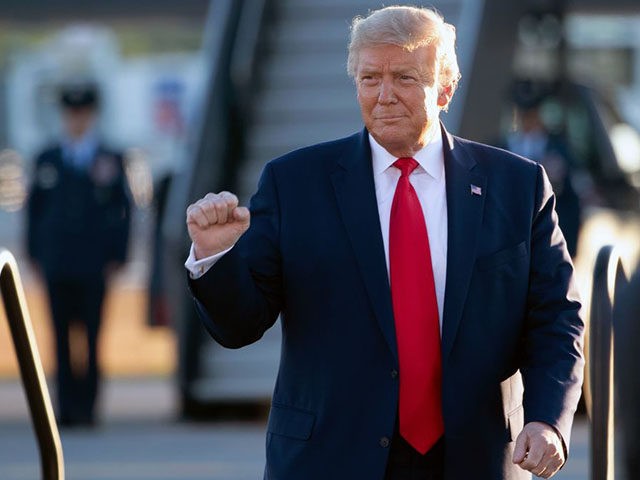The U.S. economy added 1.37 million jobs in August and the unemployment rate fell to 8.4 percent, providing reassurance that the labor market has kept up some of its post-lockdown momentum.
Economists had forecast an addition of around 1.32 million jobs and a decline in the unemployment rate to 9.8 percent from 10.2 percent last week.
The economy has added around 10.5 million jobs in the past four months. The increase in the ranks of employed workers shows that companies ramped up hiring as the economy reopened and consumers came back to stores, restaurants, and other businesses that had been shuttered in March and April. Despite the gains, total employment in August was lower than its February level, highlighting just how deep the pandemic cut into what had been the strongest jobs markets in decades.
More people came into the workforce and found jobs in August. The unemployment rate declined by 1.8 percentage points to 8.4 percent, and the number of unemployed persons fell by 2.8 million to 13.6 million. Both measures have declined for 4 straight months but are higher than in February, prior to the pandemic.
The fall in unemployment was widespread among the major worker groups. The unemployment rates declined in August for adult men (8.0 percent), adult women (8.4 percent), teenagers (16.1 percent), Whites (7.3 percent), Blacks (13.0 percent), and Hispanics (10.5 percent). The jobless rate for Asians (10.7 percent) changed little over the month.
The labor force participation rate moved up by 0.3 percentage points to 61.7 percent in August but is 1.7 percentage points below its February level. Total employment rose by 3.8 million in August to 147.3 million.
Manufacturing has been one of the stronger sectors on the economy during the reopening cycle. In August, employment rose by 29,000, with gains concentrated in the nondurable goods component, up by 27,000. That is a good monthly showing for manufacturing but the sector still lags far behind its pre-pandemic employment level. Despite gains in recent months, employment in manufacturing is 720,000 below February’s level, the Labor Department said.
The private sector added around one million jobs, more than twice the estimate from payroll processor ADP. The government added hundreds of thousands of new jobs, largely due to census hiring. Private sector job gains were strongest in retail trade, professional and business services, leisure and hospitality, and
in education and health services.
In a new data point, the government now reports on people working remotely. In August, 24.3 percent of employed persons teleworked at some point during the month because of the coronavirus pandemic, down from 26.4 percent in July.
A report on private payrolls from ADP and Moody’s Analytics on Wednesday estimated that businesses increased their workforces by just 428,000 million in August, less than half the consensus forecast. The ADP reports have been wildly off in recent months, apparently unable to correctly anticipate the impact of the reopening of the economy.
The Trump administration’s aid programs appear to have worked to stave off economic disaster in the face of the coronavirus pandemic. Direct relief payments to taxpayers and enhanced unemployment kept up incomes despite the huge rise in unemployment, which in turn has boosted demand for consumer products. The Paycheck Protection Program, which provides forgivable loans to small businesses that avoid layoffs, also seems to have supported employment and rehiring.
Those programs, however, have largely run their course. The $600 a week enhancement to unemployment benefits expired a month ago. The Paycheck Protection Program was meant to support employment for just a few months and most of the funds are now exhausted. Negotiations to re-up the programs stalled on Capitol Hill due to fierce resistance by House Speaker Nancy Pelosi and other Democrats to reaching any deal with the Trump administration and House Republicans.
President Donald Trump has used executive orders to maintain federal support for unemployment benefits and the CDC has announced an emergency ban on evictions. But those additional payments did not start until this month.

COMMENTS
Please let us know if you're having issues with commenting.